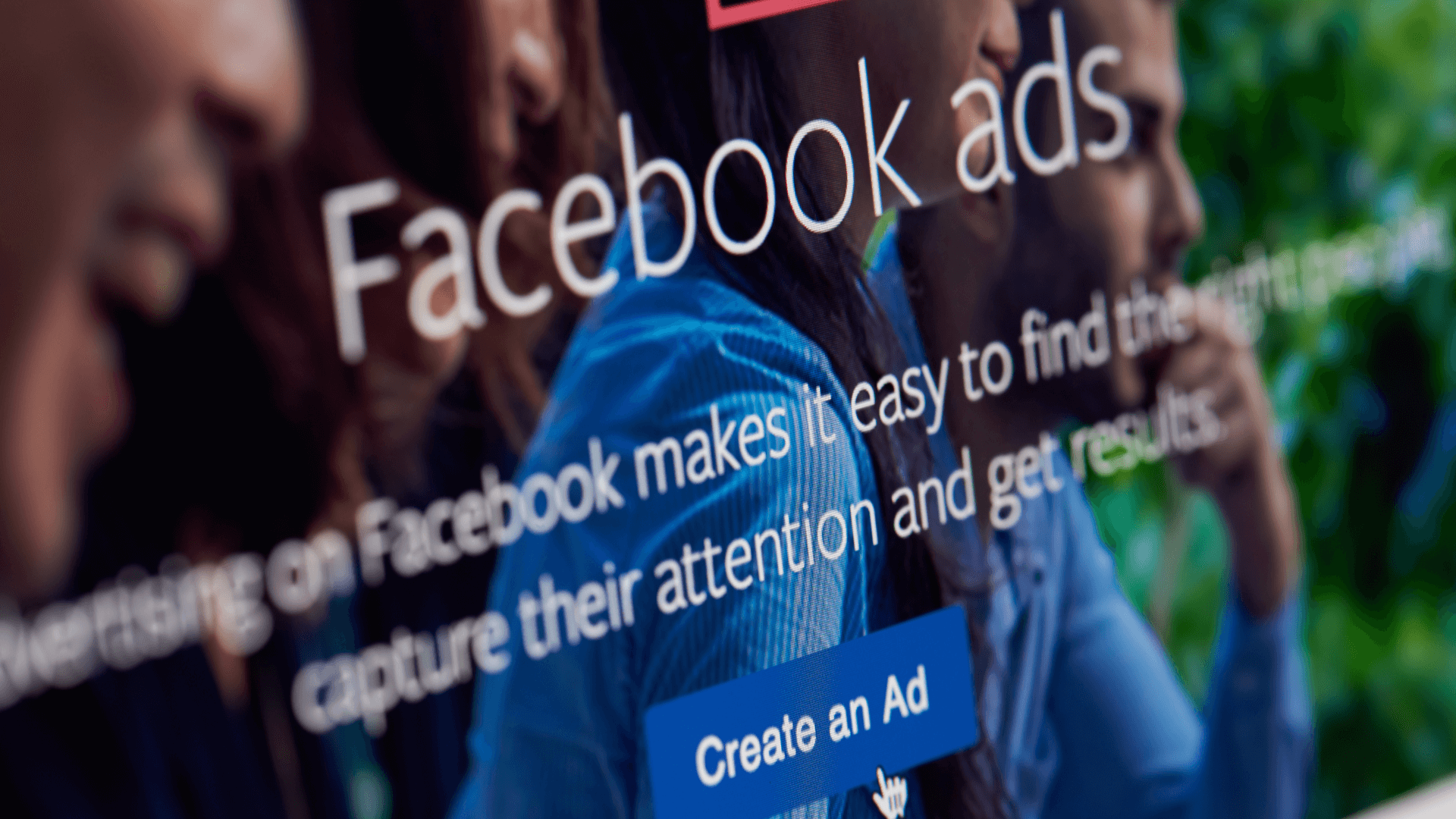
The Basics of Facebook Advertising
The Basics of Facebook Advertising
If you've logged into the popular social network at least once, you'll have wondered how to advertise on Facebook, i.e. how to make sure you show your content to potentially interested people or push users towards some action through paid messages.
Of course, to use the advertising tools on Facebook, you must have already created your own business page on the platform – which we recommend you do anyway as it is one of the top places your business needs a digital presence.
Once your business account is ready, the task at hand can be boiled down to the following three points:
· Establish a daily budget (which is never exceeded)
· Set up the campaign, as we will see in the following paragraphs
· Analyze the results and optimize accordingly
What are the differences between advertising on Facebook and on Google?
Simply put, we can say that advertising on Google is useful for intercepting so-called explicit searches, that is, people who are looking for your product or service at that time.
It's natural to think that this is the ideal situation, and it often is.
So when should you use Facebook advertising?
First, when there is no explicit research for your products or services on Google, or there is not enough for your marketing goals.
Also, when the competition on Google is too strong.
As the mechanism of these promotions is similar to an auction, if many (or large) competitors are already investing in the same explicit searches that interest you, it may be more convenient to use Facebook ads.
Of course, one choice does not exclude the other! If you have a very large budget, or if you plan to use Facebook advertising for other purposes (for example to increase your brand visibility), it is safe to use both of two tools.
The first step is to choose the objective of your Facebook campaign.
As with any other marketing activity, advertising on Facebook requires that you start by establishing a goal to achieve.
Typically, the main and most used objectives are to:
· Increase the number of visitors to your Facebook page
· Drive traffic to your website pages
· Show your content to as many people as possible
· Sell products through your e-commerce site
For each of these campaign categories, there will be different types of fees (for example, you will pay for each click on the post link, etc.), and the type of ad and content you can create and show to users you select.
Ad groups and defining a target audience
For every Facebook ad campaign there can be an infinite number of ad groups.
At this level, you can define the characteristics of the people you want to reach with your ads, and indicate the daily budget you plan to invest for each group (it may even have only one).
Finally, in each ad group you will find the actual ads, i.e. the posts (here too there may only be one, but we highly recommend that you create multiple posts by trying different texts, images or videos, in order to determine which will be the best performing). These will be presented to users with the characteristics you have identified.
What are the targeting criteria that you can use?
Here are the main criteria:
· Age range
· Geographic location
· Interests
· Behaviour patterns
· Education level
· Job role etc.
Avoid DIY
Facebook constantly tends to push you to sponsor your own content that receives a high number of interactions, however, beware: sponsoring an existing position is not the same as creating an advertising campaign, but one thing does not exclude the other.
The first tool makes it easy to increase the reach of proven content and it is not wrong to invest small amounts of money in this direction.
Creating a real professional campaign, on the other hand, allows you to aim for much bigger marketing goals.
If you don't want to waste your budget by making mistakes in the framework and in the choices to be made at this stage, contact the experts at EWM today!